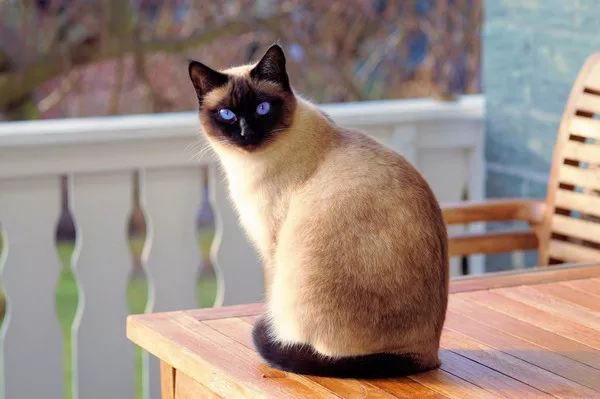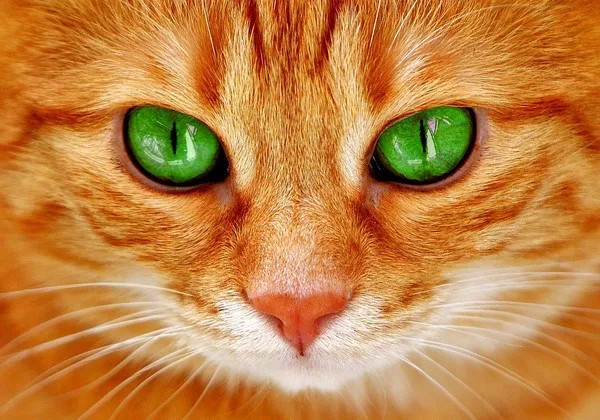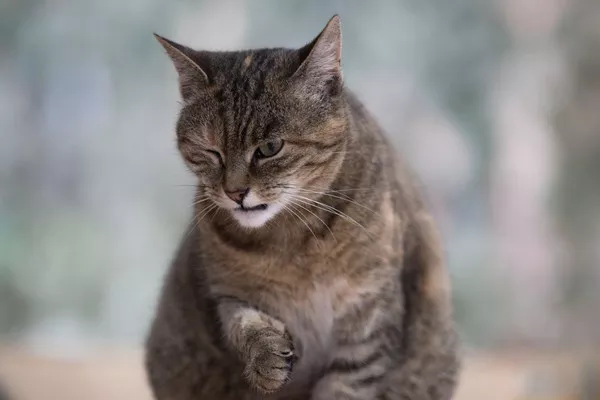Cats are fascinating creatures, each breed with its own unique characteristics, charm, and history. Among the many beloved breeds, the Burmese and Havana Brown stand out for their distinct personalities, stunning appearances, and devoted followings. Although these two breeds share some similarities, they differ significantly in terms of origin, physical traits, temperament, and care requirements. In this article, we will explore the differences between the Burmese and Havana Brown cats, providing a detailed description of each breed to help you understand what sets them apart.
Origins and History
Burmese Cat: A Regal Legacy
The Burmese cat has a rich history that dates back to ancient Burma (modern-day Myanmar), where they were considered sacred and were often kept in temples by monks. The modern Burmese breed, however, owes its existence to a cat named Wong Mau, who was brought to the United States from Burma in the 1930s. Wong Mau was bred with a Siamese cat, and her offspring laid the foundation for the contemporary Burmese breed. The breed was officially recognized by the Cat Fanciers’ Association (CFA) in 1936.
Havana Brown: A Creation of Purposeful Breeding
The Havana Brown is a more recent breed, developed in the 1950s by British breeders who aimed to create a cat with a rich, chocolate-brown coat. By crossing Siamese cats with black domestic shorthairs and some Russian Blues, the breeders achieved the desired color and type. The Havana Brown was named after the Havana cigar, which has a similar deep brown color. The breed was officially recognized by the CFA in 1959 and has since become a favorite among cat enthusiasts.
Physical Characteristics
Burmese Cat: A Compact and Muscular Build
The Burmese cat is known for its medium-sized, muscular, and compact body. They have a rounded head with wide-set eyes that can range in color from yellow to gold. Their short, glossy coat is one of their most striking features, and it comes in a variety of colors, including sable (dark brown), champagne (warm beige), blue (medium gray with a hint of fawn), and platinum (pale gray with fawn undertones). The coat is sleek and lies close to the body, giving the cat a polished appearance.
Havana Brown: Elegant and Graceful
In contrast, the Havana Brown is slightly larger than the Burmese, with a more elongated and graceful body. Their most distinctive feature is their rich, warm brown coat, which is short, smooth, and has a glossy finish. The Havana Brown’s coat is uniformly chocolate-colored from nose to tail, with no markings or stripes. The breed also has a distinctive head shape, with a longer muzzle and a straight profile. Their eyes are oval-shaped and vivid green, adding to their overall striking appearance.
See Also: Is a Burmese Cat Right for Me?
Personality and Temperament
Burmese Cat: Affectionate and Playful
Burmese cats are known for their affectionate and people-oriented nature. They are often described as “dog-like” in their loyalty and attachment to their owners. Burmese cats love to be involved in all aspects of family life and will follow their owners around the house. They are also very playful and enjoy interactive toys and games. Despite their playful nature, they are equally content to curl up in a lap and purr the day away. Burmese cats are generally good with children and other pets, making them an excellent choice for families.
Havana Brown: Curious and Engaging
Havana Browns, on the other hand, are known for their curious and engaging personalities. They are intelligent cats that enjoy exploring their surroundings and interacting with their owners. Havana Browns are often described as “talkative” and will happily carry on a conversation with their human companions. While they are affectionate and enjoy spending time with their owners, they are slightly more independent than Burmese cats. They enjoy having their own space and may not be as clingy. However, they are still very social and do well in households with other pets.
Health and Lifespan
Burmese Cat: Generally Healthy but Prone to Certain Conditions
Burmese cats are generally healthy and have a lifespan of 12 to 16 years. However, they can be prone to certain genetic health issues, including:
Burmese Head Defect: A congenital malformation of the skull that can be severe in some cases.
Hypokalemia: A condition characterized by low potassium levels, which can cause muscle weakness.
Diabetes Mellitus: Burmese cats have a higher risk of developing diabetes compared to other breeds.
Regular veterinary check-ups and a balanced diet can help manage and prevent these conditions.
Havana Brown: Robust but Watch for Respiratory Issues
Havana Browns are generally robust and healthy cats with a lifespan of 10 to 15 years. They are not known to be prone to many genetic conditions, but there are a few health concerns to be aware of:
Respiratory Issues: Due to their slightly longer muzzles, Havana Browns can sometimes experience respiratory problems, particularly if they are exposed to allergens.
Weight Management: Like all cats, Havana Browns should be monitored for obesity, which can lead to other health issues.
Routine vet visits, a healthy diet, and regular exercise can help keep Havana Browns in good health.
Grooming and Care
Burmese Cat: Low Maintenance with a Lustrous Coat
Burmese cats are relatively low maintenance when it comes to grooming. Their short, fine coat requires minimal grooming, with a weekly brush being sufficient to remove loose hair and keep their coat shiny. They do shed, but not excessively, and their grooming needs are typically manageable. Regular dental care, ear cleaning, and nail trimming are also recommended to keep them in top condition.
Havana Brown: Simple Grooming for a Sleek Appearance
Havana Browns are also easy to care for in terms of grooming. Their short, smooth coat does not require much maintenance, and a weekly brushing will help keep it in good condition. The Havana Brown’s coat tends to shed less than some other breeds, making them a good choice for people who prefer a cleaner environment. Regular care of their teeth, ears, and nails is essential, just as with any cat breed.
Living Environment and Compatibility
Burmese Cat: Thrives in a Family Setting
Burmese cats are highly adaptable and can thrive in various living environments, from apartments to larger homes. They are very social and enjoy being around people, making them well-suited for families with children or other pets. Burmese cats do not like being left alone for long periods and may become lonely or anxious if they do not receive enough attention. Therefore, they are best suited for households where someone is usually home or where they have another pet companion.
Havana Brown: Ideal for Quiet Households
Havana Browns, while social, are slightly more independent than Burmese cats and can handle being alone for short periods. They are best suited for quieter households where they can explore their surroundings and enjoy some solitude when needed. Havana Browns are generally good with other pets, but they may prefer to be the center of attention. They are not as demanding as Burmese cats in terms of attention but still enjoy interaction and playtime with their owners.
Training and Intelligence
Burmese Cat: Quick Learners with a Playful Streak
Burmese cats are intelligent and quick learners. They can be trained to perform tricks, play fetch, and even walk on a leash. Their playful nature means they enjoy interactive games and puzzles that challenge their minds. Burmese cats are also very responsive to their owners, making training relatively easy. Positive reinforcement, such as treats and praise, works well with this breed.
Havana Brown: Intelligent and Curious
Havana Browns are equally intelligent and curious, with a strong desire to explore and learn. They can be trained to do tricks, and they enjoy interactive toys that stimulate their minds. Havana Browns are particularly good at problem-solving and may surprise their owners with their ability to figure things out. Training sessions should be kept short and engaging to maintain their interest, and they respond well to positive reinforcement.
Conclusion
When choosing between a Burmese and a Havana Brown, it ultimately comes down to your lifestyle and preferences. If you are looking for a loyal, affectionate, and playful companion who thrives on human interaction, the Burmese cat may be the perfect choice. On the other hand, if you prefer a slightly more independent, curious, and elegant cat with a striking chocolate-brown coat, the Havana Brown might be more suited to your taste. Both breeds have their unique charms and characteristics, making them wonderful companions in their own right. Whether you choose a Burmese or a Havana Brown, you can be assured of having a loving, intelligent, and beautiful feline friend by your side.
Related Topics



























